
More than 90% of the 65-patient cohort had evidence of normal swallowing and had no aspiration or pneumonia aspiration events reported in the phase 1 START and phase 3 STRIVE-EU and STRIVE-US trials.

More than 90% of the 65-patient cohort had evidence of normal swallowing and had no aspiration or pneumonia aspiration events reported in the phase 1 START and phase 3 STRIVE-EU and STRIVE-US trials.
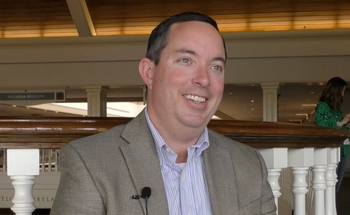
The division chief of neuromuscular disorders and vice-chair of research at Virginia Commonwealth University spoke to the ongoing success in the development of gene-mediated therapies and the challenges that come along with treating rare neuromuscular disease. [WATCH TIME: 3 minutes]

The gene therapy from Novartis showed that it was both efficacious and well-tolerated in presymptomatic patients with SMA with 3 copies of SMN2, with no patients experiencing treatment-related serious adverse events.
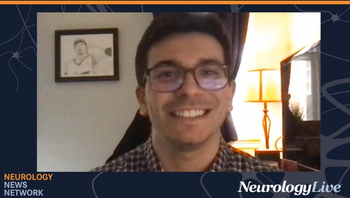
Neurology News Network for the week ending March 19, 2022.

The chairman of the department of neurology at George Washington University discussed the reasons to be optimistic, but cautiously, about the expanding myasthenia gravis treatment toolbox. [WATCH TIME: 3 minutes]

After a mean follow-up of 64 days, the most common adverse events were infections and vomiting, with no deaths or reports of post-lumbar puncture syndrome.

Jinsy Andrews, MD, MSc, FAAN, offered her perspective on the ongoing therapeutic boom in neuromuscular disease and some of the critical needs for physicians to keep up with a rapidly progressing treatment paradigm.
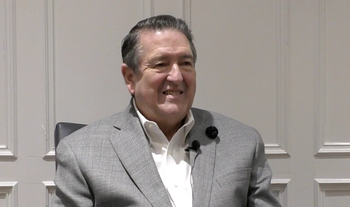
The president and CEO of the Muscular Dystrophy Association spoke about the highlights of this year’s annual meeting and the recent therapeutic advances for neuromuscular disorders. [WATCH TIME: 3 minutes]
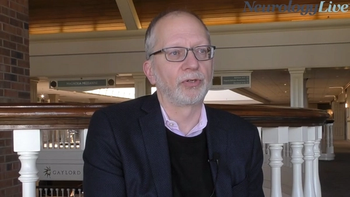
The chairman of the department of neurology at George Washington University discussed his presentation at MDA 2022 and the value of hearing patient perspective at the conference. [WATCH TIME: 2 minutes]

The director of neuromuscular clinical trials at Columbia University Irving Medical Center shared her perspective on the challenges of familiarizing oneself with the influx of novel medications for neuromuscular diseases. [WATCH TIME: 3 minutes]

Updates from the open-label, delayed-start period of the pivotal 2-part MOXIe trial (NCT02255435) support previous positive primary end points findings from part 2 of the study.

Vamorolone, an investigational agent for Duchenne muscular dystrophy, showed an initial disease-modifying effect that was maintained over a follow-up period of 48 weeks.

The division chief of neuromuscular disorders and vice-chair of research at Virginia Commonwealth University offered his insight into the advances in genetic approaches to LGMD. [WATCH TIME: 2 minutes]

The 2022 MDA National Ambassador and patient with Bethlem myopathy spoke to the critical need to improve diagnosis delays in neuromuscular disorders and effective communication between patients and their physicians. [WATCH TIME: 2 minutes]

Data may be useful when analyzing disease progression and treatment efficacy in future facioscapulohumeral muscular dystrophy clinical trials.

The treatment was well tolerated at 48 weeks in patients with DMD with a confirmed mutation amenable to exon 45 skipping.

Part B of the 2-part study will have patients previously on placebo receive SRP-9001 for an additional 52 weeks.

The 2022 MDA National Ambassador and patient with Bethlem myopathy spoke to the importance of including the patient perspective at medical meetings to improve the care paradigm in neuromuscular disorders. [WATCH TIME: 3 minutes]

Individuals on ravulizumab demonstrated statistically significant changes in the primary end point of MG-ADL and in secondary end points such as Quantitative Myasthenia Gravis total score.
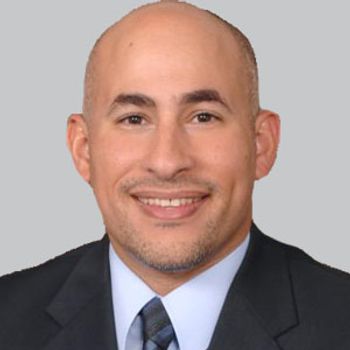
At 97 weeks, avalglucosidase alfa showed continued benefit on measures such as forced vital capacity and 6-minute walk test distance and was successful for patients who switched off algucosidase alfa.

Data from the phase 2 NURTURE study of nusinersen (Spinraza; Biogen) suggest that long-term treatment with the agent is beneficial, and point to the importance of newborn screening and early treatment for spinal muscular atrophy.
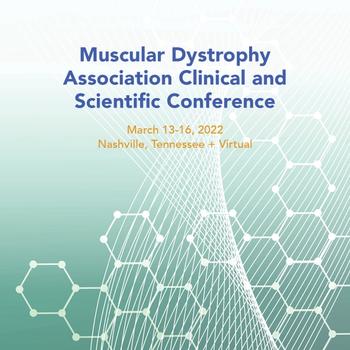
The Muscular Dystrophy Association's annual meeting will take place in-person and virtually in Nashville, Tennessee, on March 13-16, with more than 950 in-person attendees and 130 presenters.

An update on the phase 1b study of Pfizer’s investigational DMD treatment was presented at the MDA 2021 conference.

Researchers conducted a post-hoc analysis of Study 19 to determine hazard ratios of milestone occurrences in amyotrophic lateral sclerosis.

Preliminary results from the IGNITE-DMD trial also showed a decreased in creatine kinase levels and improvements on NSAA and PODCI.

Researchers observed improvements in motor and respiratory function and biomarkers in the investigational treatment group.

The VBP-LTE study found no evidence of slowed linear growth, insulin resistance, or osteocalcin decreases.

There was very good to excellent level of agreement between the instrumented insoles and the gold-standard reference system.

Two-year data from the SUNFISH study were presented at the MDA 2021 Clinical and Scientific Conference.

Researchers conducted a real-world study of prednisone to deflazacort switch in patients with Duchenne muscular dystrophy and Becker muscular dystrophy.